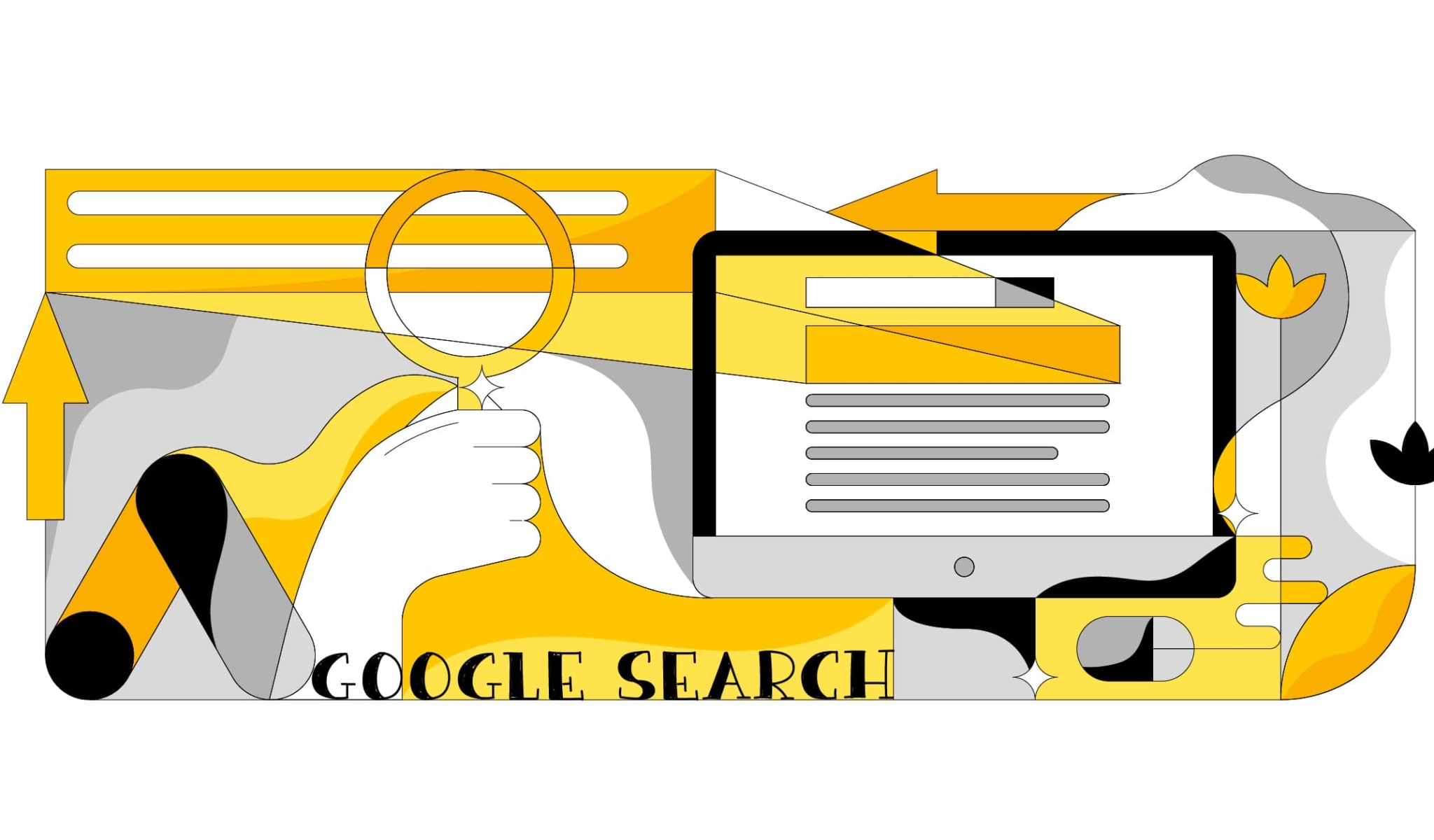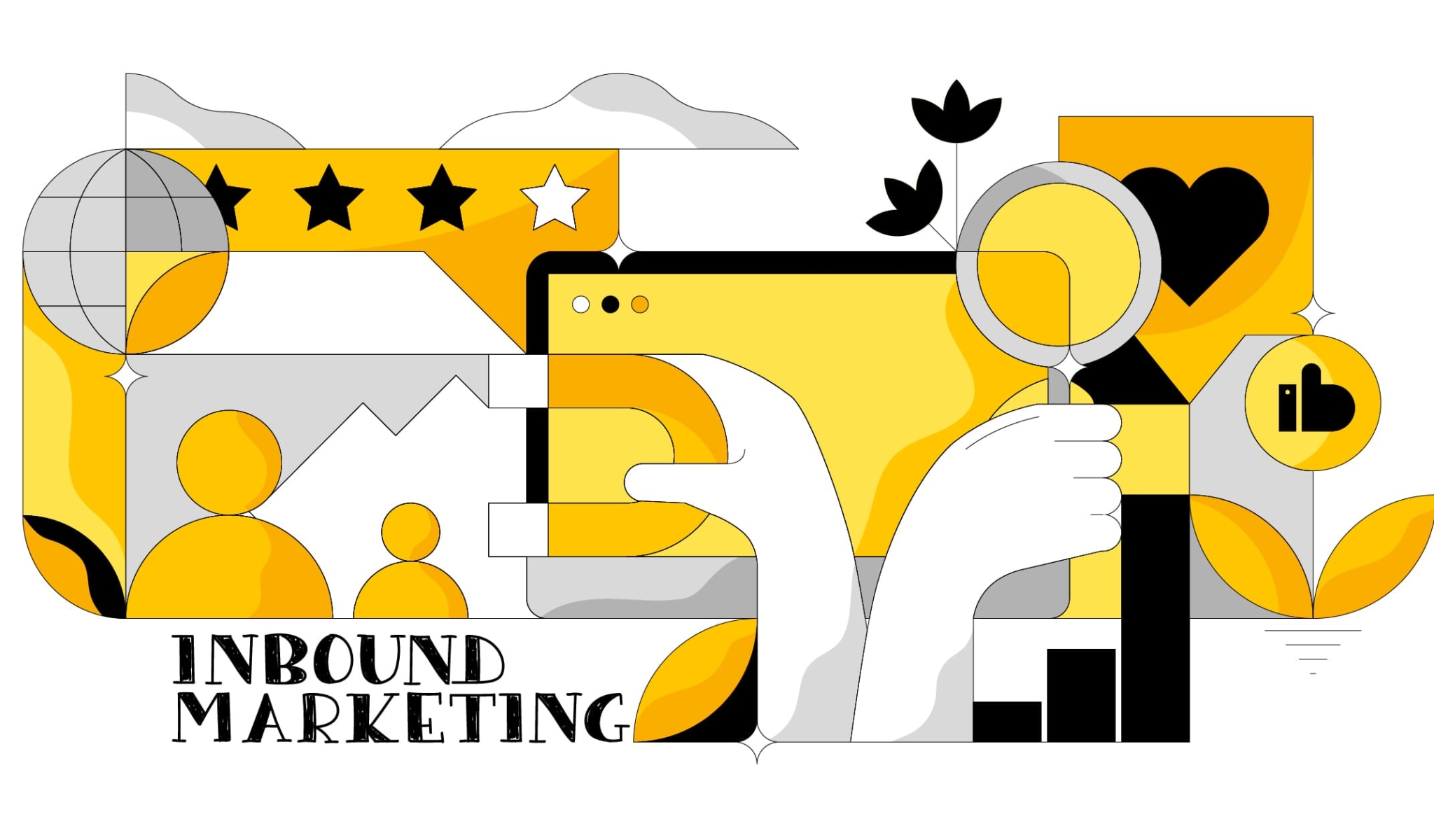Among its many revolutions, the Internet has also managed to change the world of advertising, bringing enormous benefits and making accessible a sector that was once highly complex and not for everyone.
Nowadays, online advertising has not only become much easier and cheaper, but above all, it is possible to target even very specific audiences with extreme precision.
This is a Copernican revolution regarding B2B: if a few decades ago an industrial company could have dreamed of advertising on television as their B2C counterparts do, today even the most technical companies can advertise on digital channels with excellent results.
However, it is essential to know the world of online advertising and understand what it is made of.
Having a clear idea of the tools available is essential to decide where it makes the most sense to invest and what kind of results to expect.
Goals of B2B online advertising

As you might expect, online advertising can be used for different purposes, so before even choosing the type of ad to invest in, it is good to ask yourself what purpose you want to pursue.
In fact, there are three main objectives to find your way around:
- Sales: These campaigns are used to sell products or services online.
- Brand awareness: These campaigns aim to make the product or company known to as many people as possible.
- Lead generation: These campaigns aim to push potential customers to request an offer and thus generate an opportunity. Typically they are used to capture email, phone numbers or other contact information.
Sure, you can try to do a campaign by aiming for all three objectives at once, but we advise against it. Creating a campaign dedicated to a specific goal is much more effective to achieve more significant results.
The advantages of online advertising in B2B
Before the web, advertising campaigns appeared in newspapers or on television and were very costly. With traditional marketing channels like these, it is also challenging to track and monitor progress. On the web, we no longer have this problem. When you create an online campaign, you can monitor all the steps made by users, as well as costs to optimize your efforts.
Take a campaign for selling a product on an e-commerce site as an example. In this case, you could monitor the cost for each click on a page, which is essential to understanding how much each user brought to our marketplace costs us. Or you could monitor directly the cost of each sale, a very important metric to understand how much it costs to acquire a customer.
But that is not all. It is possible to trace all the steps of the user, from the moment they click on the ad to the point of purchase. For example, you can discover that 80 percent of users that visit a landing page immediately leave the site. This is called the bounce rate. This can indicate some problem on the page itself, or more simply that the audience we are targeting is incorrect and, therefore, our ad is not responding well to the user’s search intent. Either way, we can take prompt action and change the campaign, something we wouldn’t have control over in a more traditional offline campaign.
But there is another essential aspect of online advertising: it can reach a much more granular target, showing our ad only to a selected and relevant audience for us. It is possible to invest in keywords that we know are of interest to our audience or show our ads to people with specific characteristics that relate to the ideal customer.
There is a huge difference compared to before when paying high budgets for mass channels, such as radio, television, or a major newspaper. But as we know, in B2B, we often operate in market niches, and we speak to a very small audience. Therefore, it’s necessary to spend the right amount to reach a targeted audience, something that, with due care, can be easily achieved with online advertising.
Online advertising terminology

To conclude this introduction to online advertising, it makes sense to overview its main terms related to measuring campaign performance or operation.
- CTR – Click Through rate: This is the number of clicks divided by the number of views. For example, if an ad is seen by 1,000 people and of these only 100 people click, the CTR is = 100/1,000 = 0.1 or 10 per cent
- Conversion: When a user performs the predetermined action, they buy a product or fill out a contact form.
- Impressions: The total number of views of an ad by users.
- CPA – Cost per acquisition: It is the cost of a single conversion.
- CPC – Cost per click: It is the cost for each click received on the ad.
- CPM – Cost per thousand: It is the cost of showing an ad 1,000 times to users (and thus obtaining 1,000 impressions).
- Bidding: The purchase of advertising space is generally carried out through a buying and selling mechanism based on automatic auctions that allow advertisers to make an offer (“bid”). As a rule, the advertiser who submits the best offer wins the impression.
Conclusions
Online advertising campaigns can have enormous advantages and allow us to invest our budget in an intelligent and targeted way to maximize the result and avoid wasted ad spend.
As we have seen, B2B companies can benefit enormously from this type of opportunity. After reading this article, you should have a clear overview of the means, the possible objectives, and the main metrics to evaluate them.
Various platforms allow you to invest in online advertising. In the following articles, we will focus on those most used in the industrial sector, namely Google Ads (Display, Search) and Linkedin Ads.







